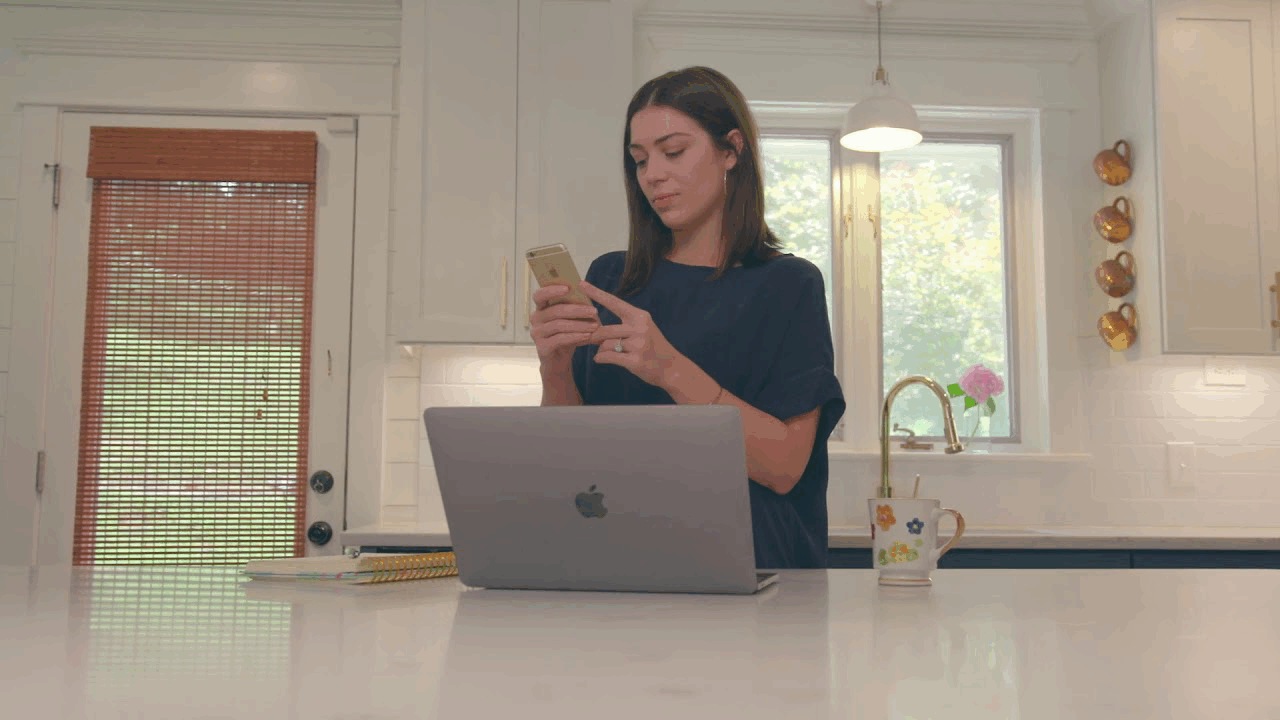Track test results, communicate with providers and more through a patient portal, now more often available for smartphone.
One of the most powerful ways you can take control of your healthcare is to use a “patient portal.”
These websites and apps allow people to log in and access their electronic medical records, communicate with their healthcare providers, schedule appointments, read well-curated information about medical conditions and treatments, and even pay bills.
People most commonly use patient portals to review laboratory results, X-ray reports and summaries of care received at the last clinic visit. Patient portals also typically allow users to send messages to healthcare teams securely and efficiently. These messages may request medication refills or new appointments; report new medical problems; or ask questions about conditions or medications.
Many portals also allow patients to designate family members, spouses and other caregivers to help manage their health information and messages with their healthcare teams.
Patient portals are growing in popularity. This trend is fueled by growth in the use of electronic health record systems, widespread internet access, and people’s growing interest in being active and engaged participants in healthcare decision-making.
People who are actively engaged in their own health decisions and informed about their medical information are better able to control their chronic health conditions and maintain their wellness, research shows. They also are able to maintain a better quality of life and have stronger social support networks than those who are not engaged in their healthcare. Patient portals support this kind of detailed engagement and information sharing, and have been shown to help people improve their health and satisfaction.
The patient portal goes mobile
One of the most exciting developments in patient portals is that they are often now available as mobile apps.
A patient portal app has the benefit of being readily available in a pocket or purse, and can use the built-in features on a smartphone. For example, a patient portal app can generate a map with directions to an appointment, and put appointment information directly in a calendar. Because most people carry their smartphones wherever they go, patient portal apps also allow them to access information about their medical conditions and treatments anytime and anywhere. More advanced smartphones will even enable logging into the app securely with a thumbprint and to write messages to healthcare providers using voice recognition.
This post was written by Trent Rosenbloom, MD, MPH, is an Associate Professor of Biomedical Informatics, Medicine, Pediatrics and Nursing at Vanderbilt, where he directs a patient portal called My Health at Vanderbilt. He is a nationally recognized researcher who studies how people and patients interact with technology while managing their healthcare. He also tweets from @trentrosenbloom.

My Health At Vanderbilt
Now there is an easy way to get an earlier, more convenient time for your next appointment. After you download the My Health At Vanderbilt app, you can join a wait list for an earlier appointment. If a better time becomes available, you’ll get a notification. Whether or not to move your appointment is up to you. This feature is only available through your free, secure online patient portal, My Health at Vanderbilt. Activate your account at MyHealthatVanderbilt.com or download the mobile app through the Apple app store for iPhones or through the Google Play store for Android phones. Search for My Health at Vanderbilt or MHAV.

